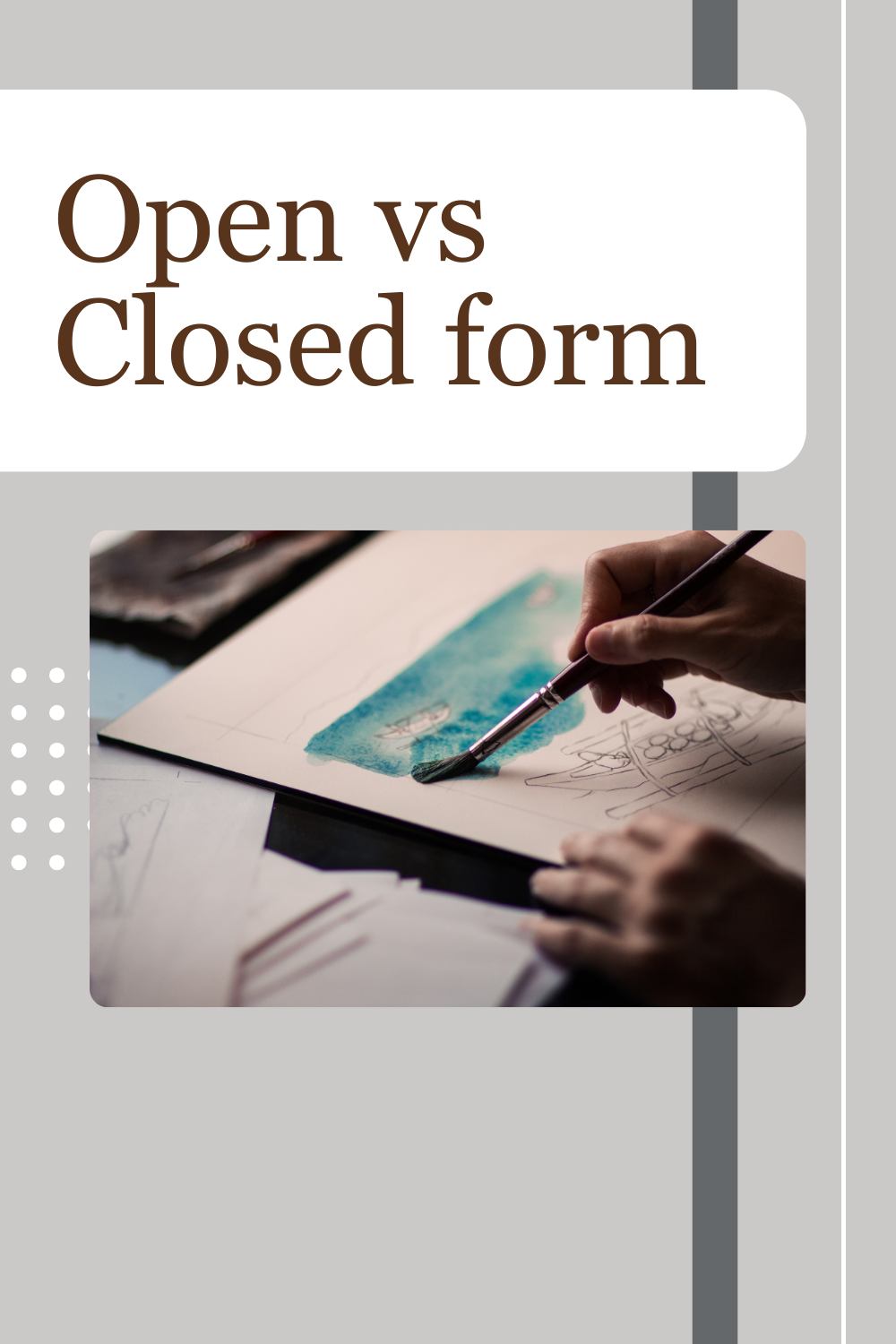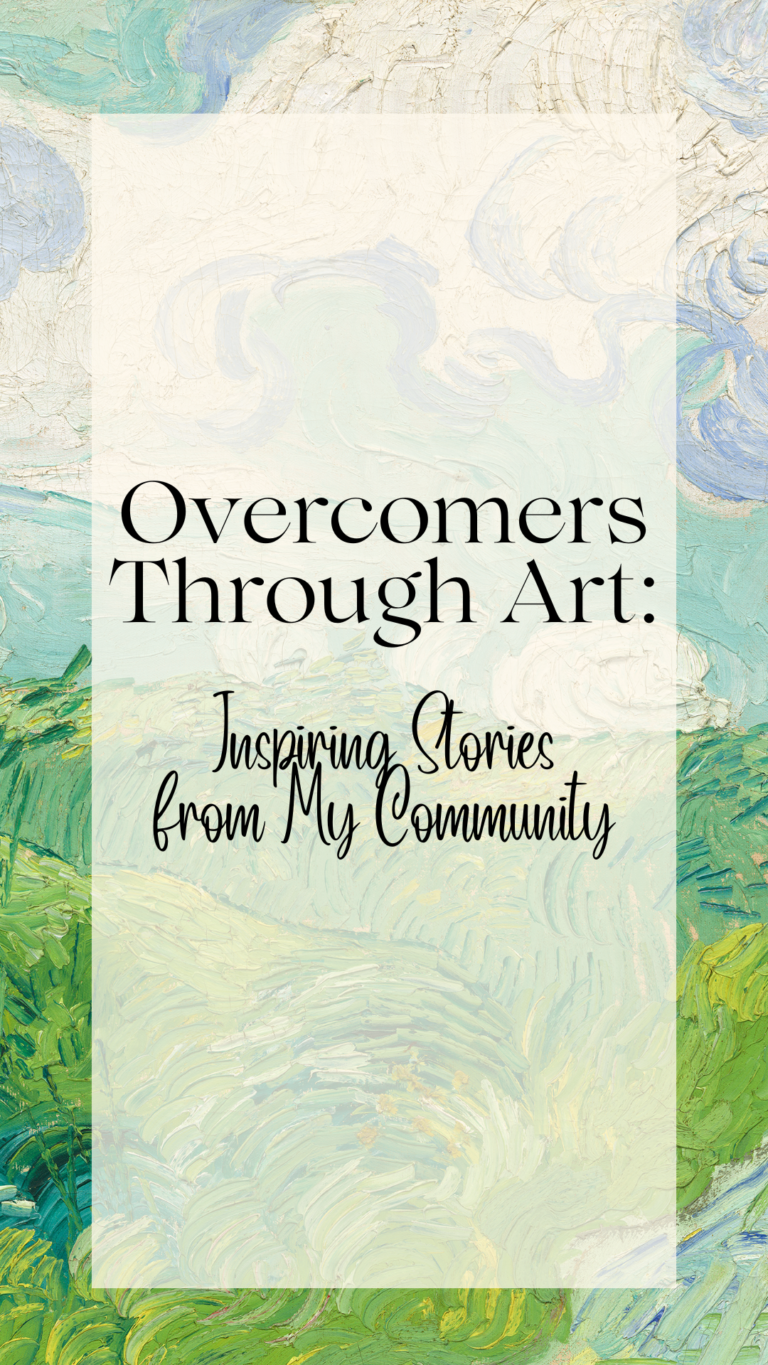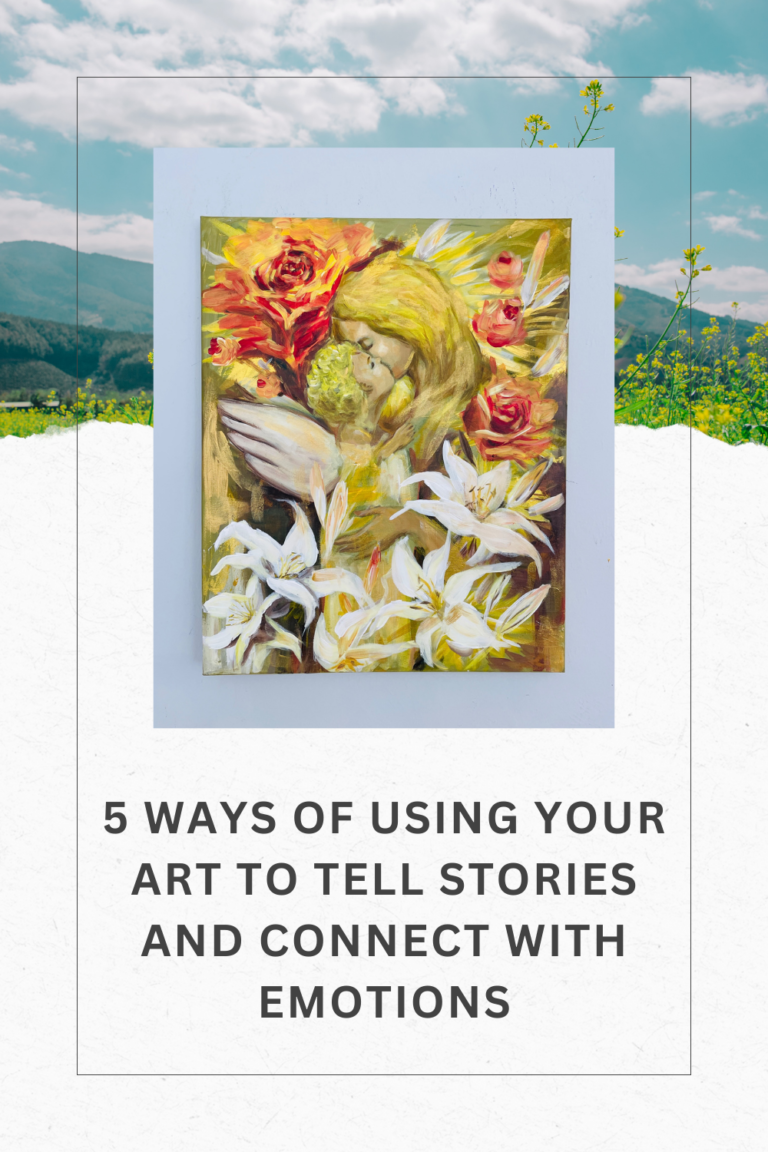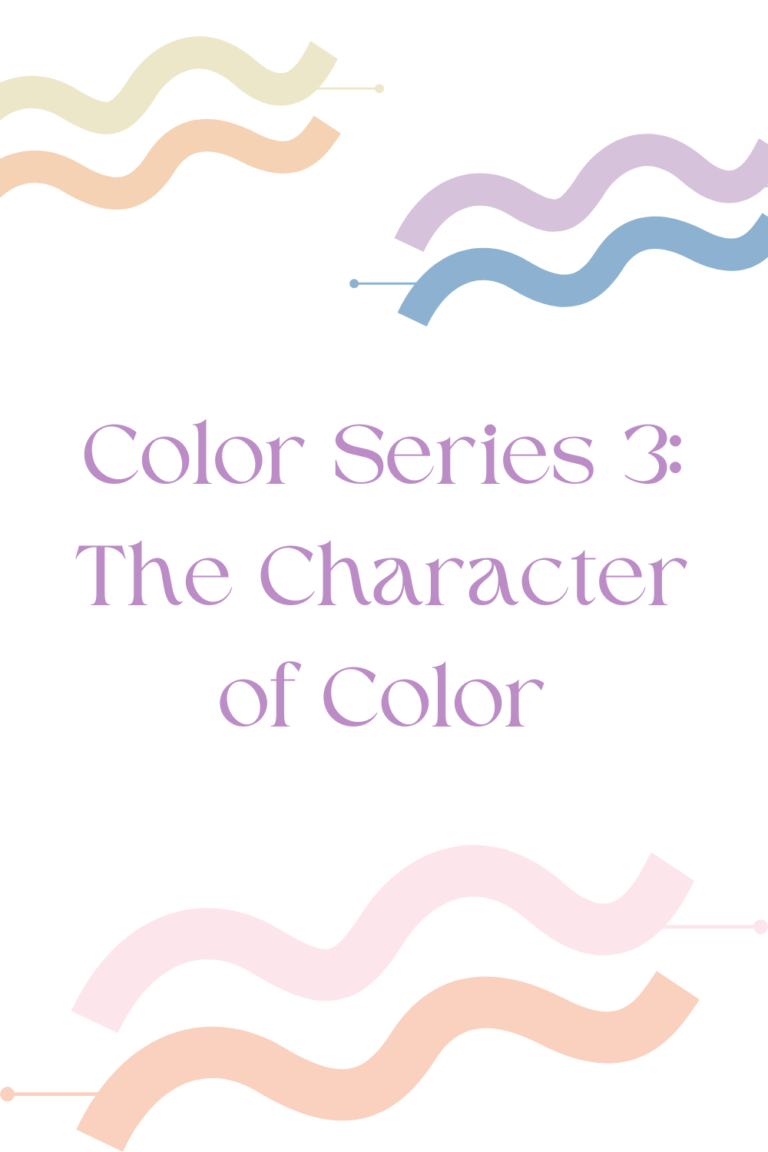Welcome to the second post about composition!
The first basic composition elements I’d like to introduce to you are the concepts of open vs closed form.
I personally think it’s very beneficial to you to decide if you like to paint with open form or closed form, so you will have a clearer picture of your artistic style.
Open form refers to artwork that uses delicate tonal transitions through colors and values to create smooth edge transitions, instead of using lines to describe edges around objects. The earliest open form technique is called sfumato, attributed to Da Vinci.
The word sfumato means shaded. It comes from the Italian verb “sfumare” or “shade.” “Fumare” means “smoke” in Italian, and the combination of smoke and shade perfectly describes the barely perceptible gradation of tones and colors of the technique from light to dark.
Renaissance painting frequently used this technique for flesh tones. The most famous example is probably Leonardo’s Mona Lisa.
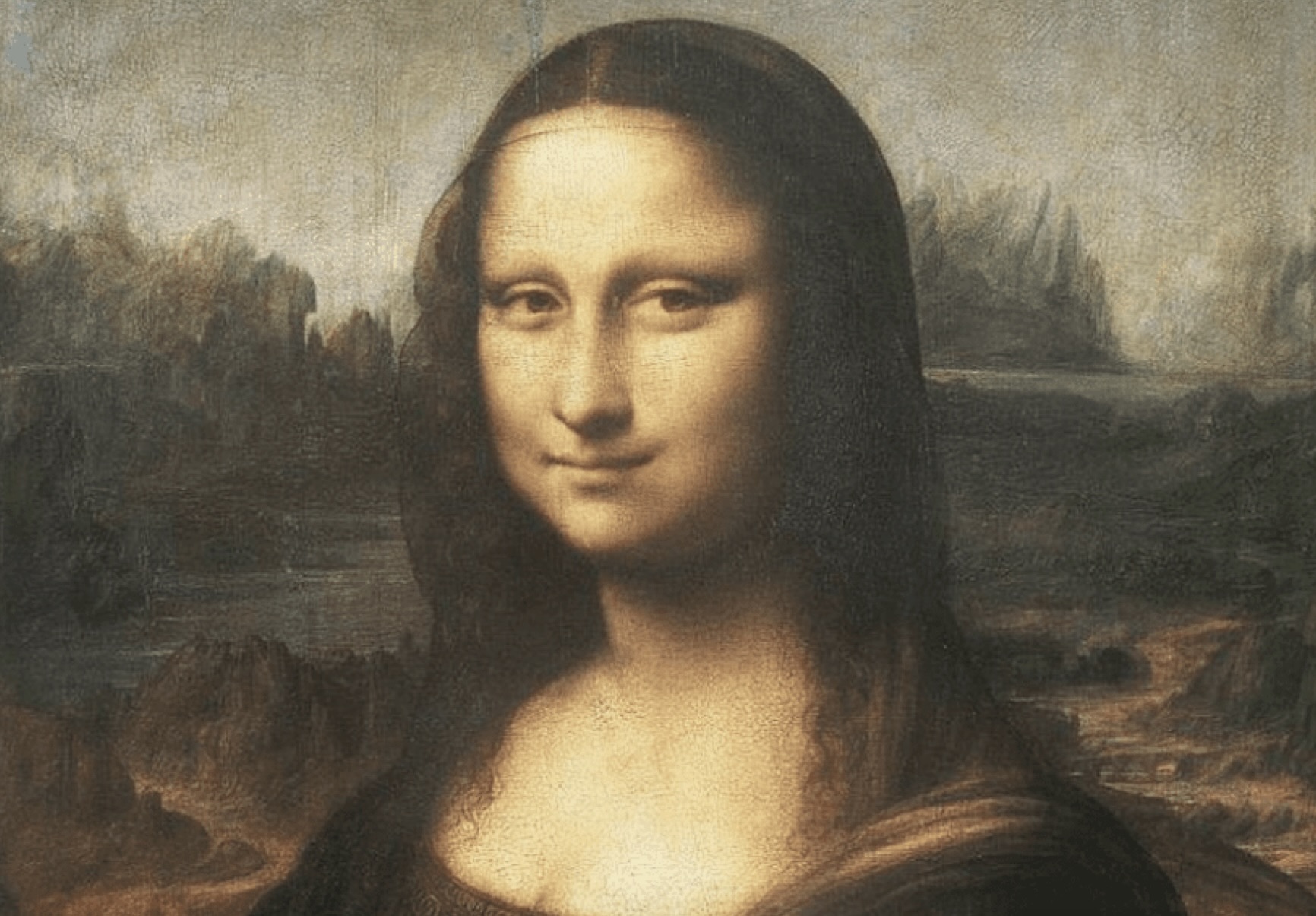
Open form paintings are often more loose and tonal. If the artist uses underpainting, the underpainting is often rough and light; then with each layer, the painter adds more details. Other open form painters include Jan Van Eyck, Rembrandt, Sargent, and most Impressionists.
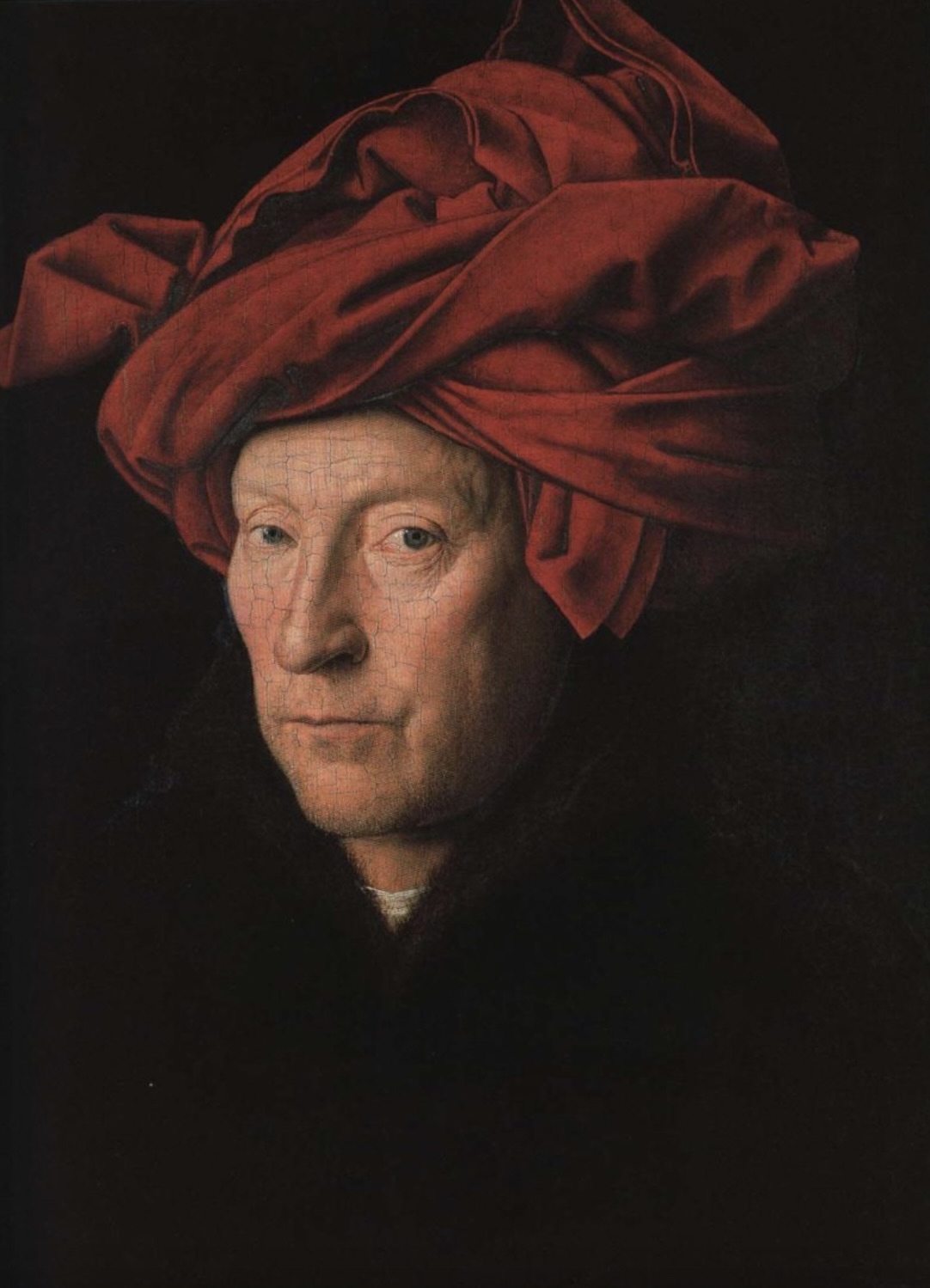
Jan Van Eyck, “Portrait of a Man”
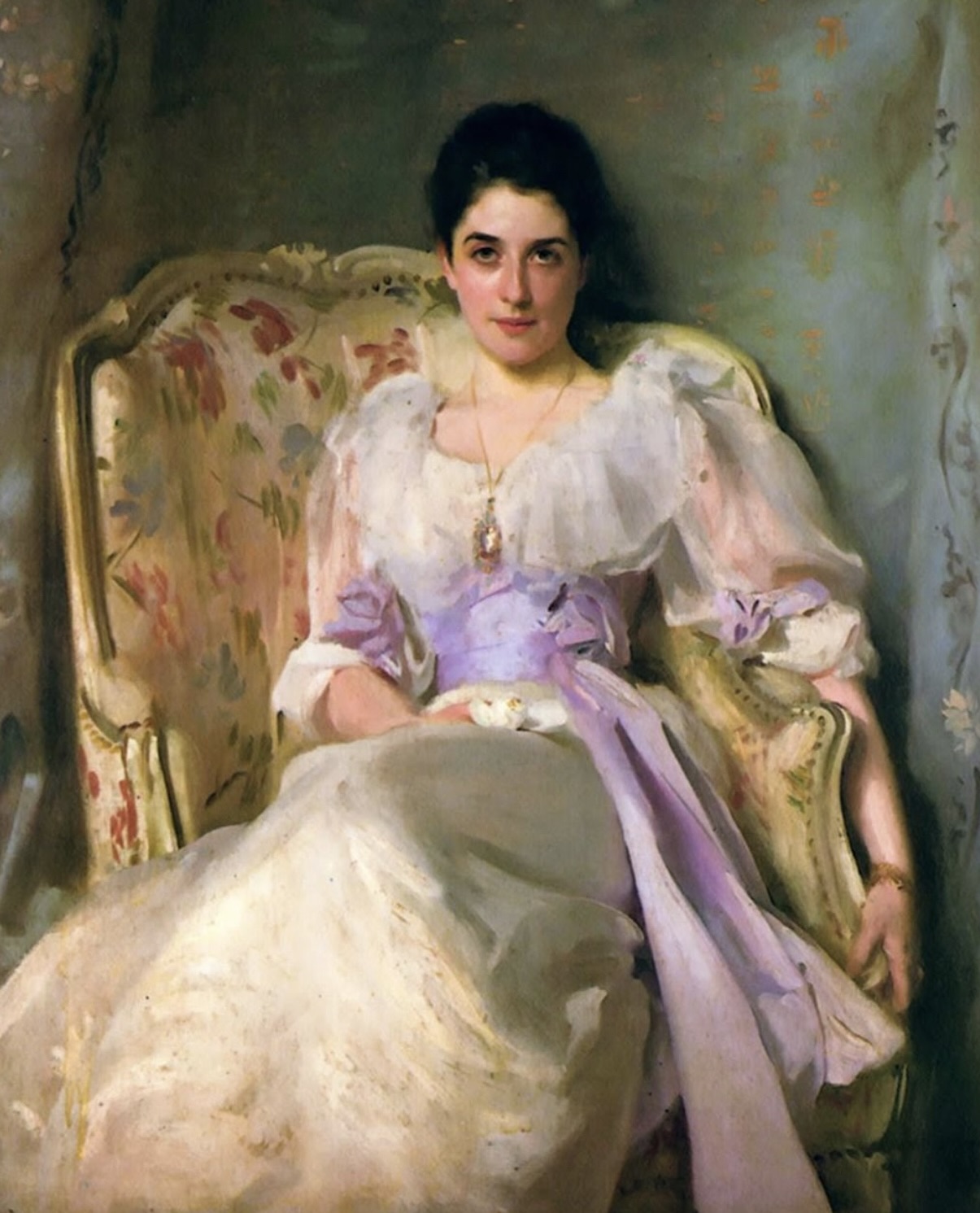
John Singer Sargent, “Lady Agnew”
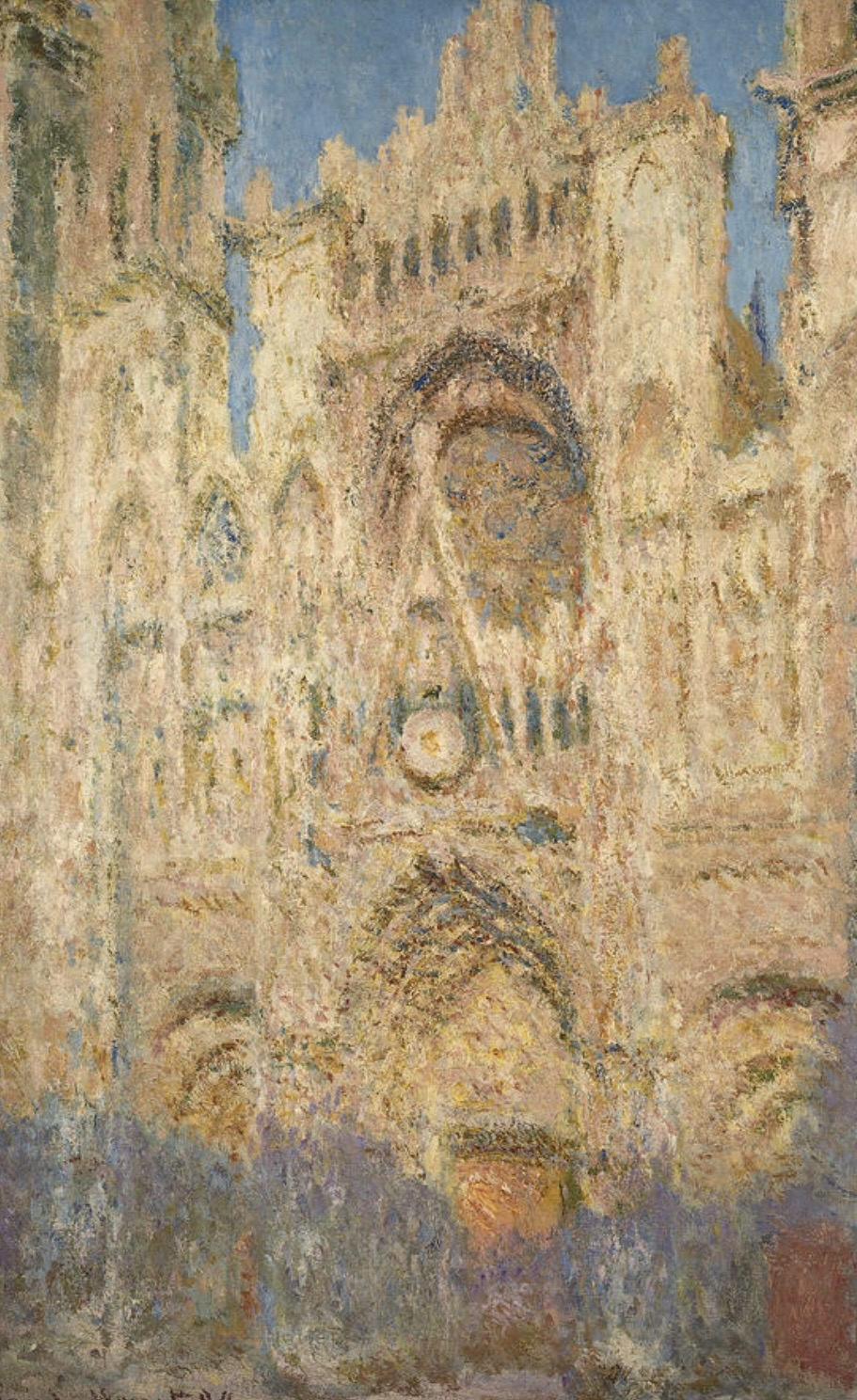
Claude Monet, “Rouen Cathedral in the Evening”
Closed Form:
Contrary to open form paintings, closed form paintings are more like coloring books— the artist uses lines to create contours or edges of the painting subjects. The color of closed form paintings is not an important element for form forming.
If you remove the lines in the painting, the painting will be much less recognizable and clear. In many closed form paintings, the underpainting is very detailed with clear lines to guide the whole painting process.
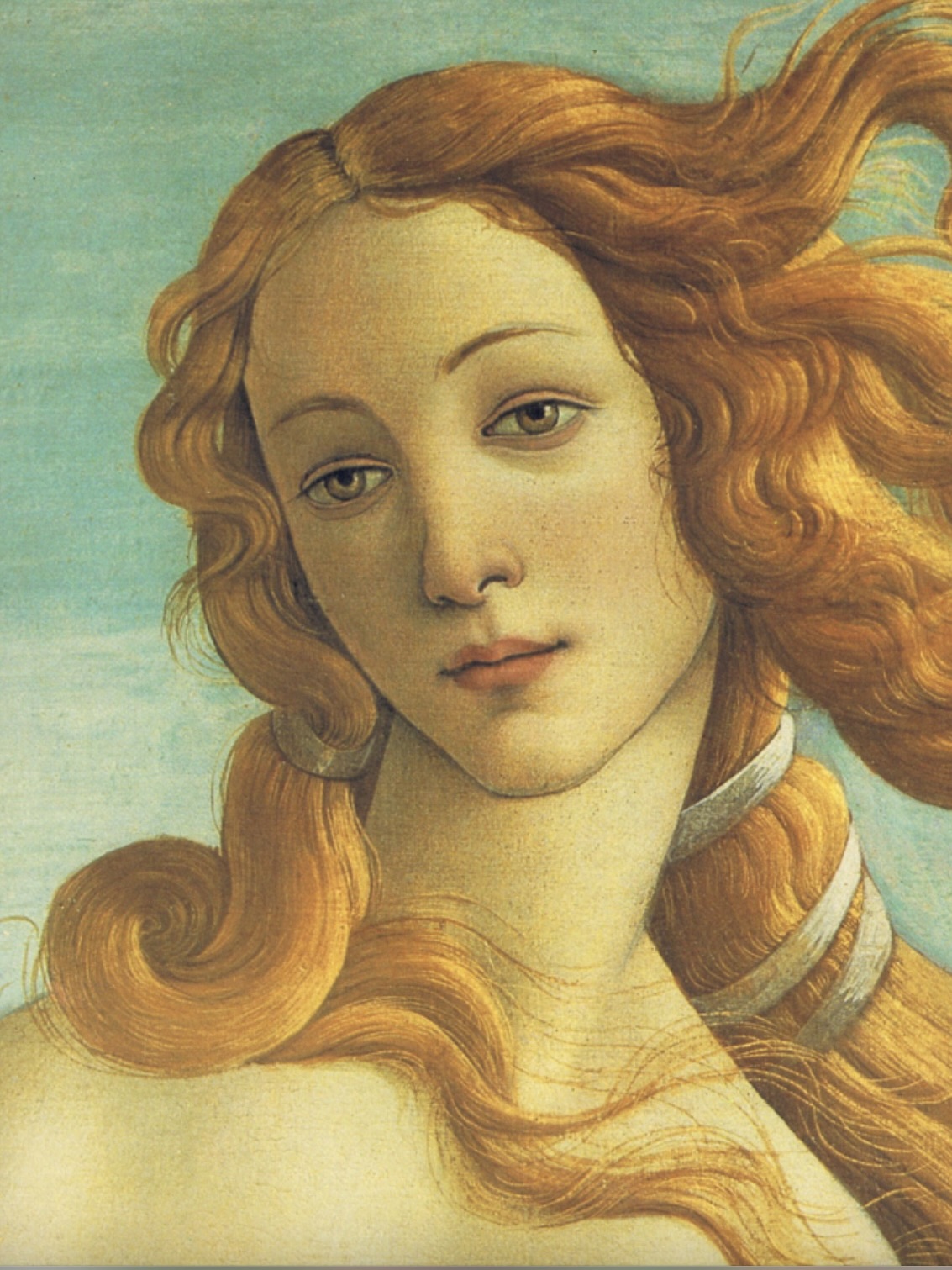
Sandro Botticelli, “Birth of Venus” (close-up)
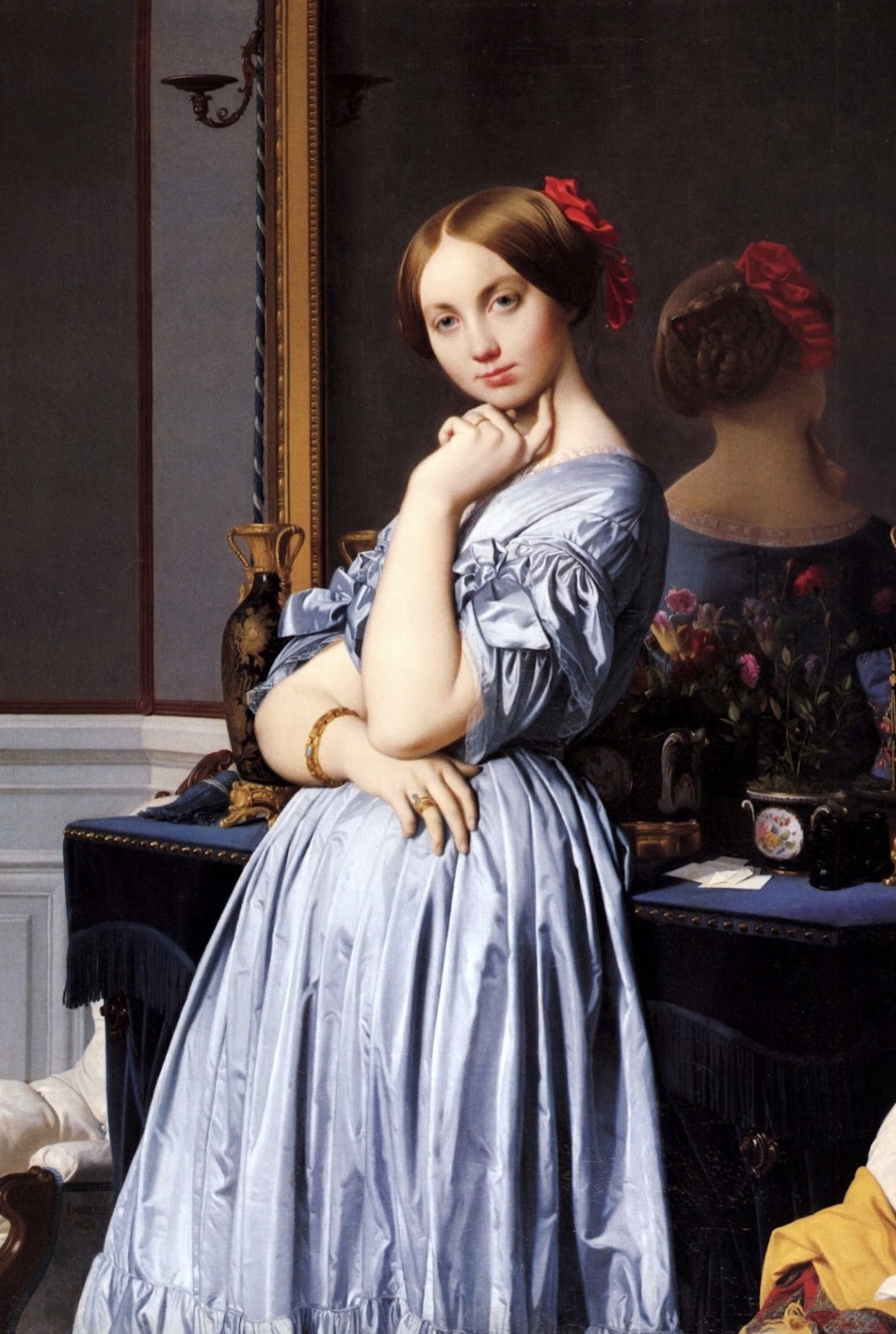
Jean-Auguste-Dominique Ingres, “Comtesse d’Haussonville”
There are many ways to create lines. A popular method used by many contemporary painters is to paint the underpainting with a bright color, like red or purple, and leave the background showing through the subsequent layers, thus creating vibrant outlines of the subjects.
For example, look at this contemporary artist Erin Hanson’s “Pink Cherry”. Look closely, and you can see she painted the background using bright green, then put down thick paints of pinks, purples, and blues to describe the leaves in the cherry tree.
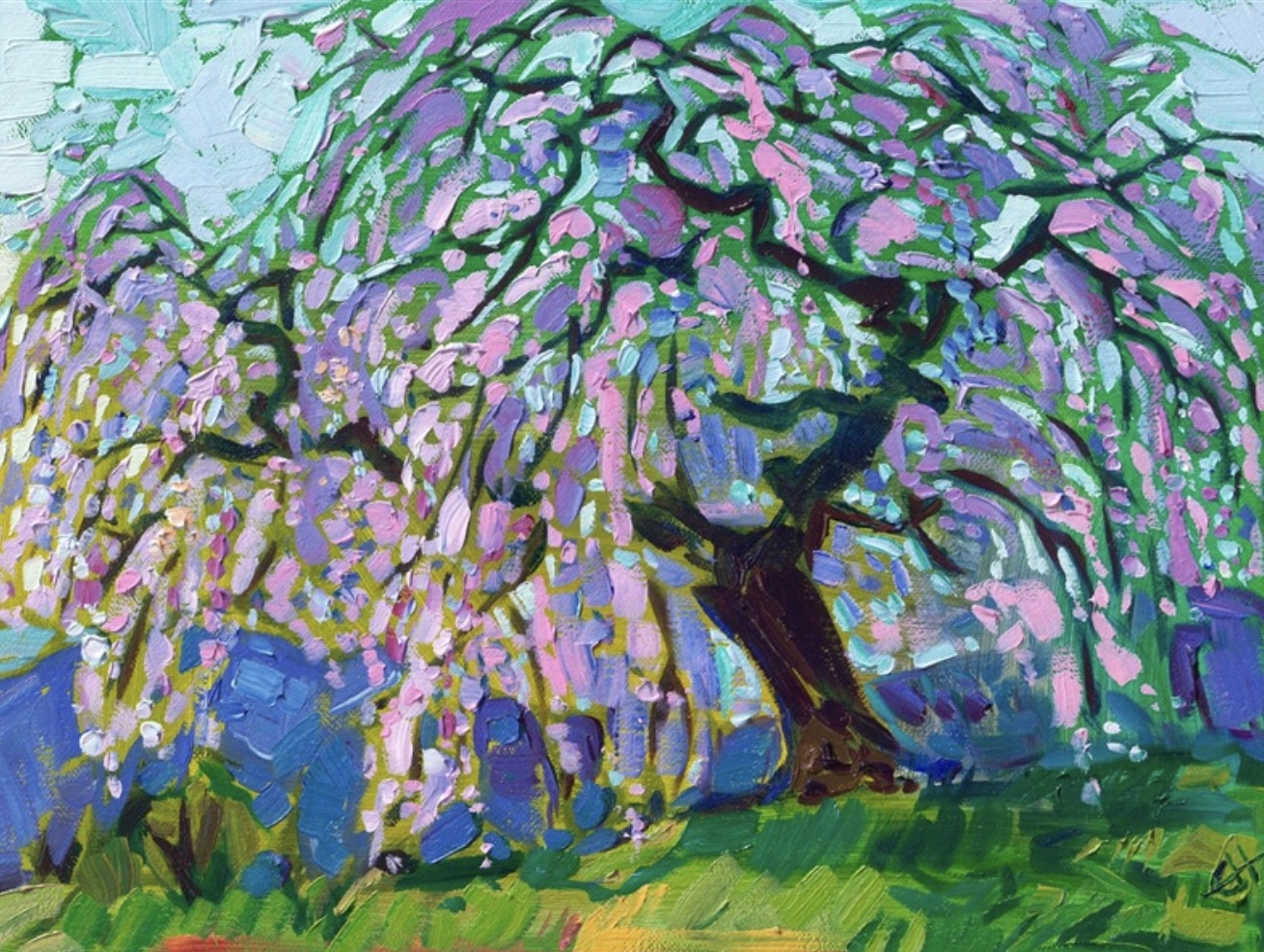
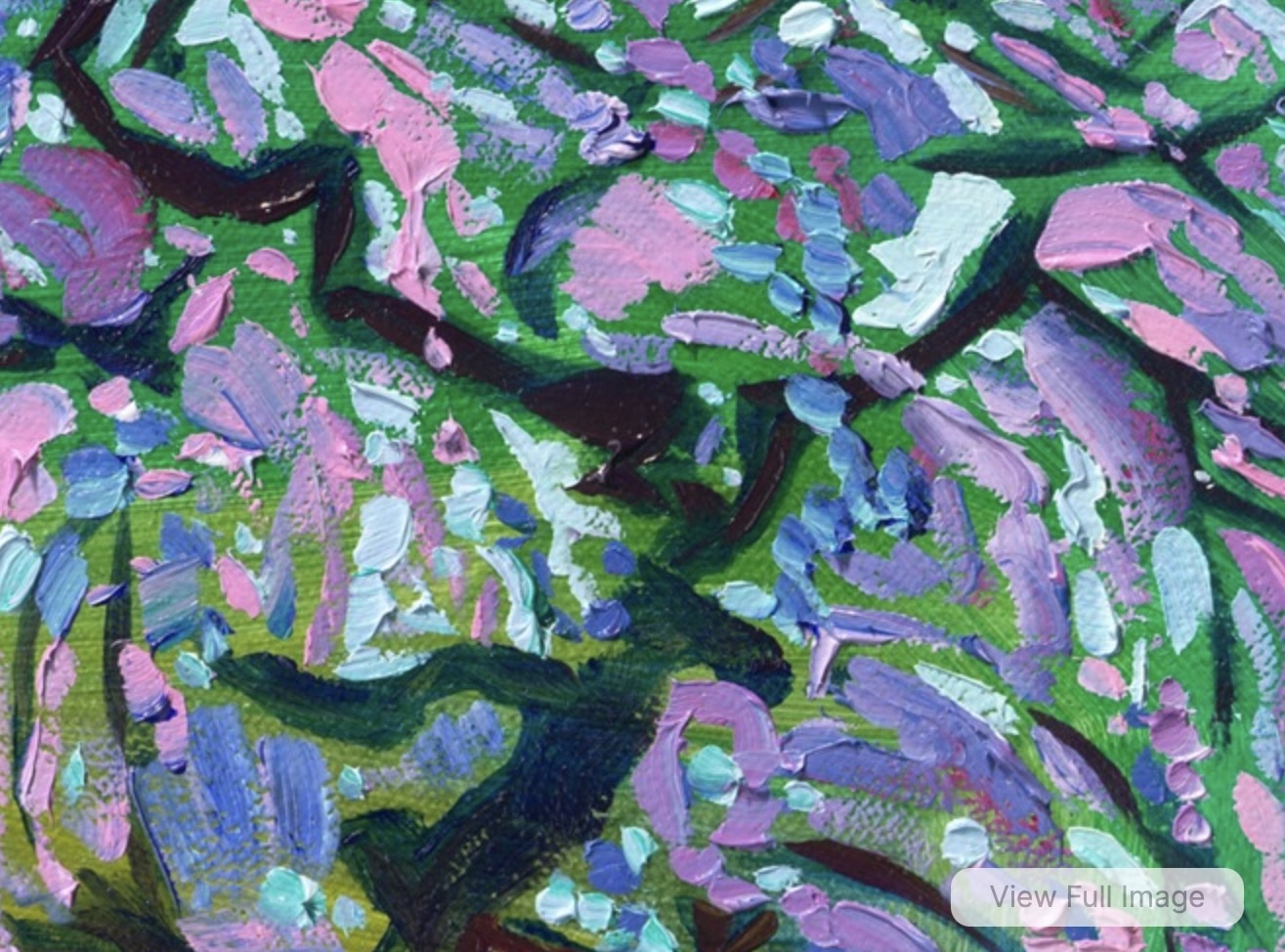
As for abstract painters, the difference between open and closed form is even greater.
Artists like Joan Miró and Piet Mondrian heavily used lines to create their paintings.
Artists like Jackson Pollock and Willem de Kooning’s work is definitely more open-formed.
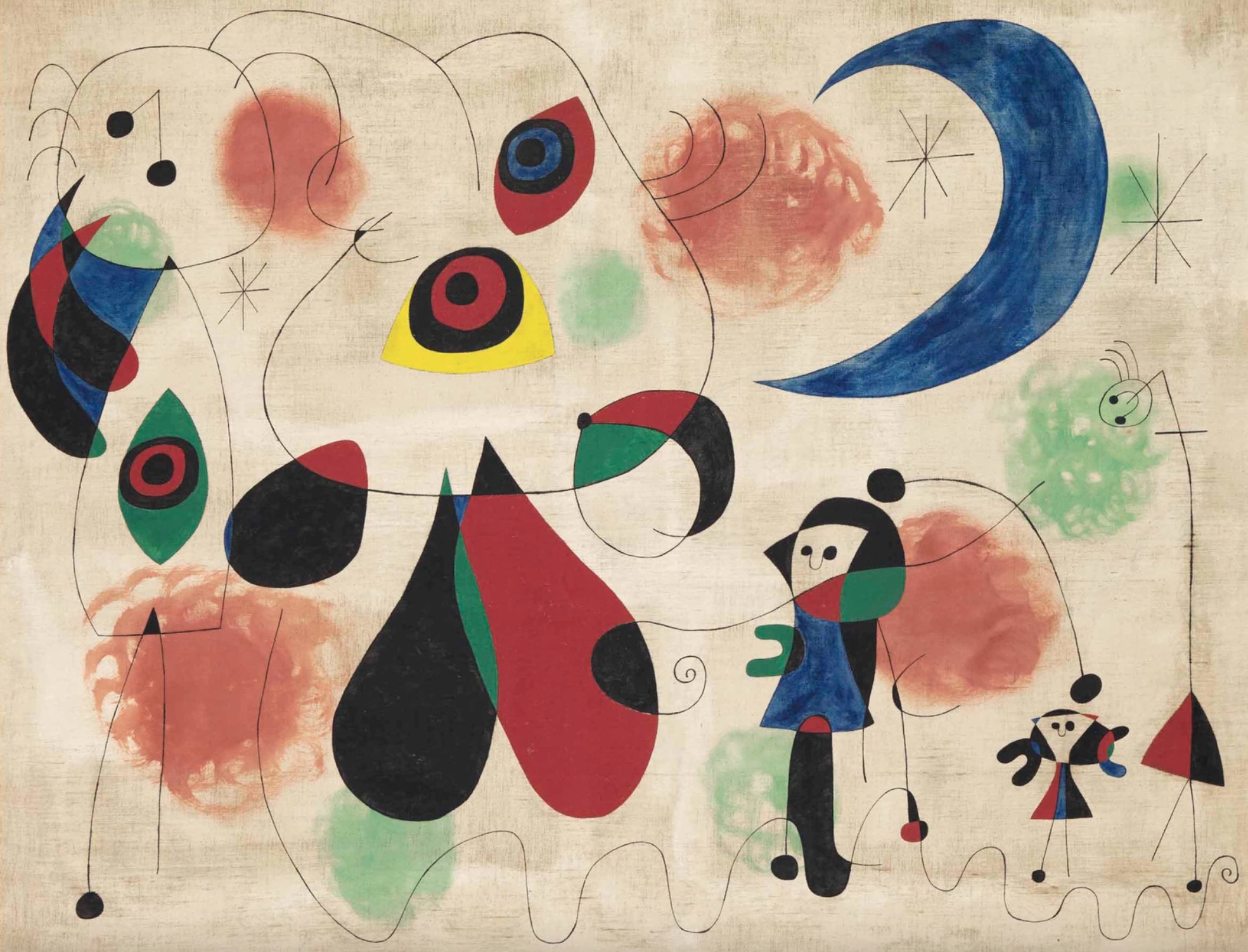
Joan Miró, “Women, Moon, Birds”
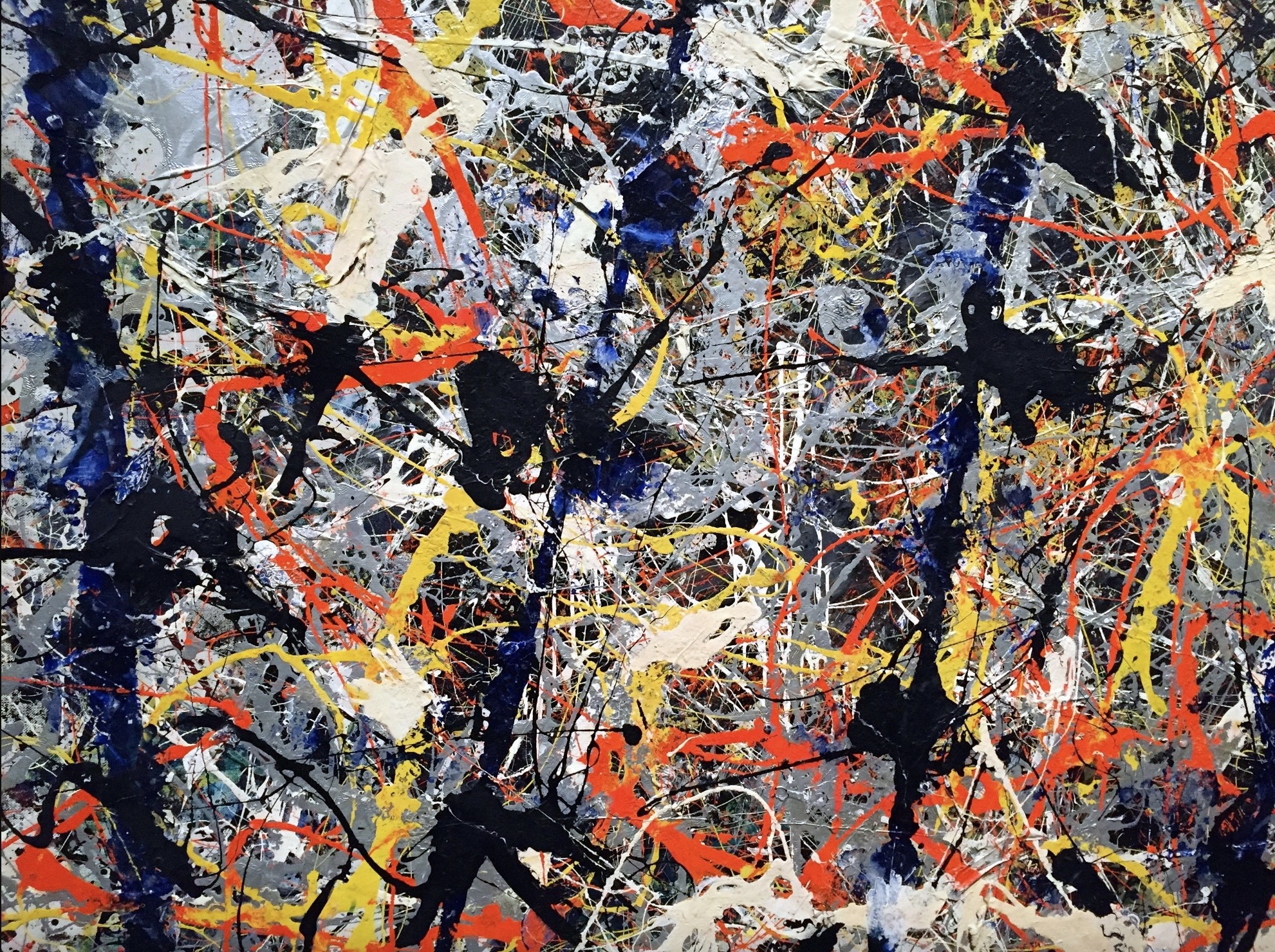
A Jackson Pollock painting
There is no better or worse method in organizing forms. I consider my paintings closed form as well.
Although I admire many Impressionists’ artwork, I have always liked drawing lines, and I like a clean, organized painting style when I paint. The bottom line is, find what you prefer in art and use it as your voice to express your vision.
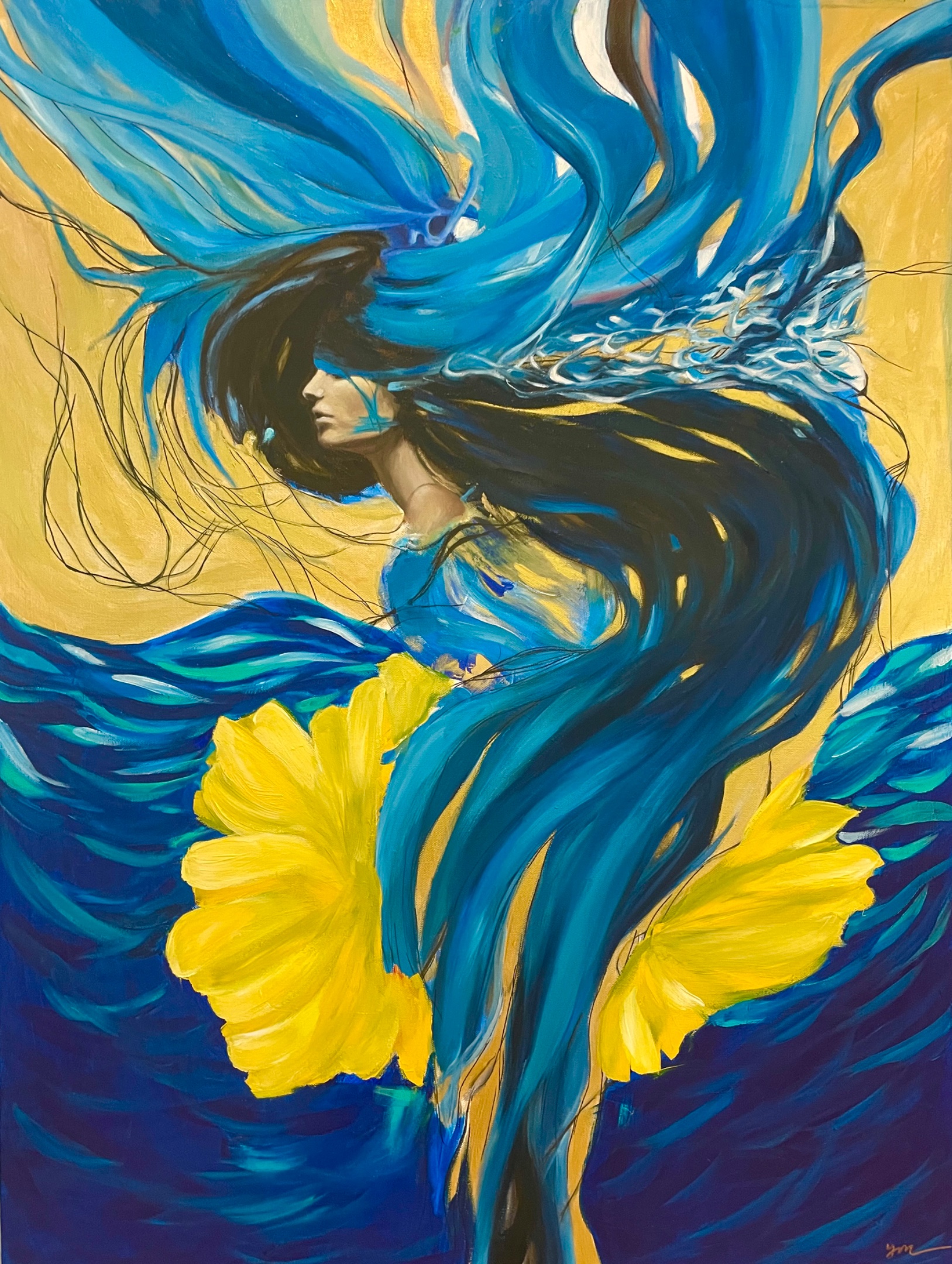
Ying McLane, “Blue Symphony”
In the next post, we will talk about another basic composition practice—the shape of your canvas. Stay tuned!

